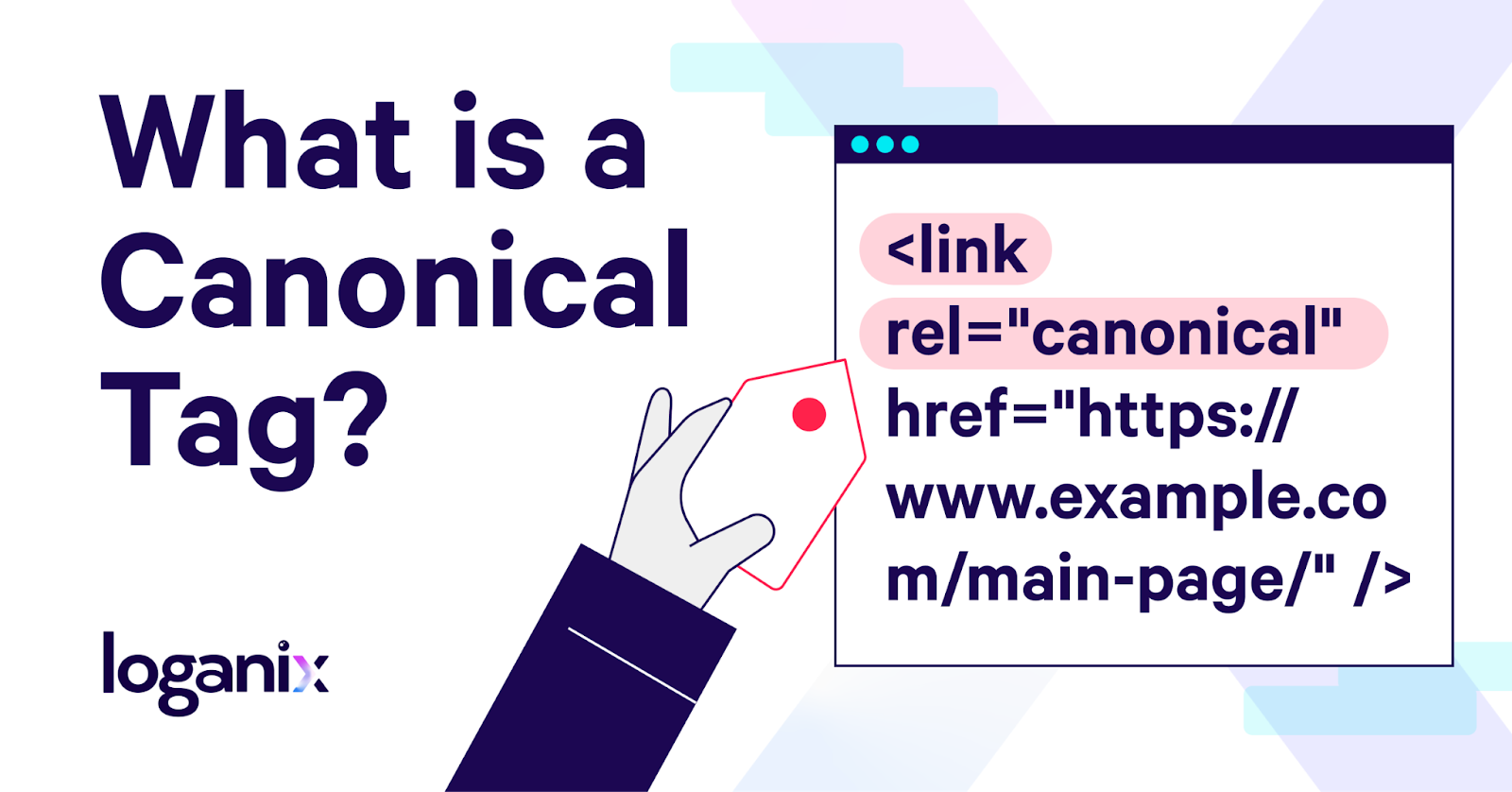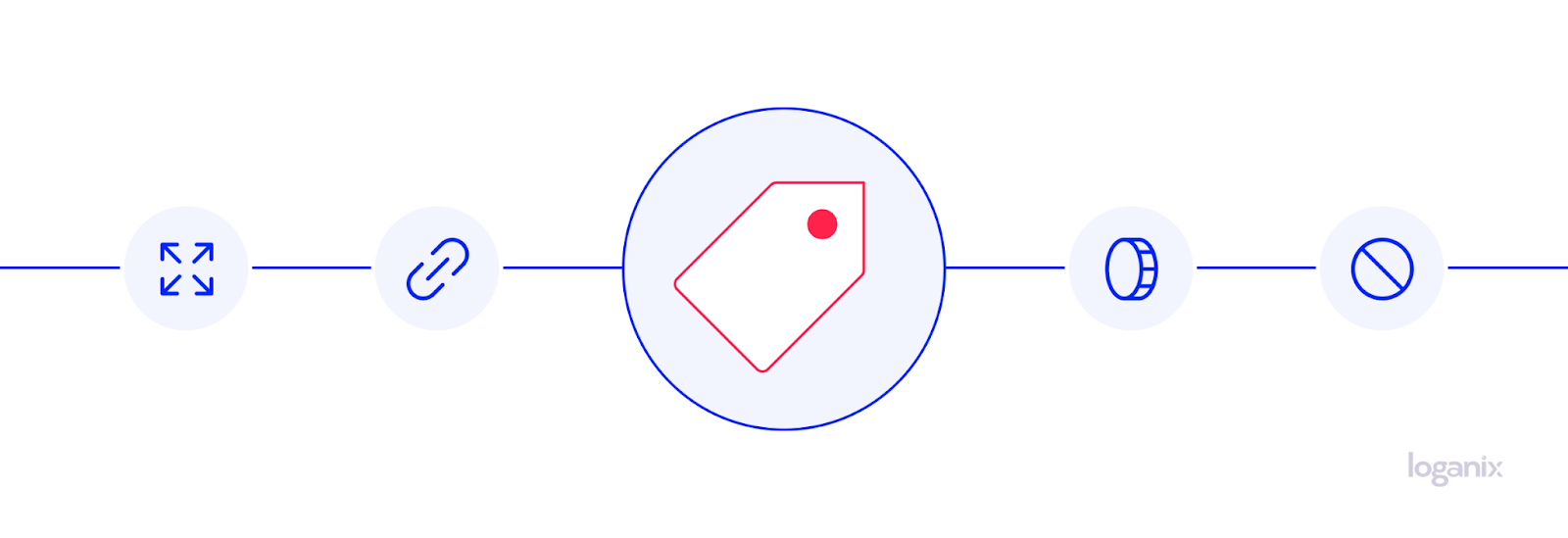What is a Canonical Tag? Crawl Budget & SEO Self-Competition

Hand off the toughest tasks in SEO, PPC, and content without compromising quality
Explore ServicesUnderstanding and correctly employing canonical tags is a critical search engine optimization (SEO) skill you’ll want to master. Canonical tags help you clear duplicate content issues, directing search engines to the desired page version and consolidating that all-important “link equity.”
To get you up to speed, in this comprehensive guide, we’ll
- answer the question, “What is a canonical tag,”
- shed light on its importance,
- and break down the basics of using canonical tags.
What is a Canonical Tag?
A canonical tag is an HTML element or code added to a web page’s source code. Its purpose? This tag comes into play when you have two or more pages that are either completely identical or very similar.
You might be wondering, when would we have identical or similar pages? It’s actually more common than you might think.
For instance, consider an eCommerce site with the same product in different colors. Each color variant might have its own dedicated web page, but fundamentally, they’re all the same product. Rather than every web page being indexed and possibly competing with one another on the search engine results pages (SERPs), a canonical tag points back to one ‘main’ version of the product page that search engines should index (learn what indexing in SEO is here).
Another scenario is A/B testing, where two versions of a page may have just one small difference, such as pricing. Again, a canonical tag can be used to indicate which version should be indexed.

Here’s how a canonical tag looks:
<link rel=”canonical” href=”https://www.example.com/main-page/” />
In the above example, the canonical tag tells search engines to prioritize and index the page at https://www.example.com/main-page/. The code also contains three primary components that work together to provide clear instructions to search engines. Let’s take a closer look at these elements:
- <link> tag: This HTML tag is often used to link CSS stylesheets or define relations with other documents. In the context of canonical tags, it signifies the beginning of our instruction to search engines.
- rel=”canonical” attribute: The ‘rel’ attribute stands for “relationship” and describes the relationship between the current document and the linked document. When we set rel=”canonical,” we’re explicitly indicating to the search engine that the link provided points to the page’s canonical, or preferred, version.
- href attribute: This attribute specifies the URL of the canonical page. It’s the URL that you want search engines to index and consider as the master copy amongst all similar pages. In the example above, https://www.example.com/main-page/ is the URL search engines prioritize for indexing.
In essence, a canonical tag is a clear directive to search engines. It tells them: “Amongst all the similar pages, this is the one I want you to pay attention to and index. This is my preferred version.”
Learn more: SEO glossary 250+ terms explained.
Why are Canonical Tags Important?

Let’s dive into the meaty bit—why exactly are canonical tags so important? There’s a lot more to it than you’d think.
Maximizing Your Crawl Budget
Ever heard of a crawl budget? It’s like a virtual currency search engines spend to index your content. And your website is only allocated so much of it.
So imagine if you’ve put out the greatest, most unique blog post or product description, but alas, the search engine’s budget runs out because it’s been wasting time and energy on duplicate pages on your site. It leaves, never getting to that gem you’ve carefully crafted.
This is where canonical tags shine.
They’re like efficient budget managers, directing search engine crawlers to spend their resources wisely, preventing them from wasting precious crawl budgets on duplicate content, and ensuring your best content gets the attention it deserves.
Avoiding Self-Competition
Then there’s the case of self-sabotage. When you have similar or identical web pages, they compete against each other for the same keywords, dividing the attention from search engines. In this case, canonical tags ensure the right page gets the spotlight and the recognition it deserves, helping you avoid cannibalizing your own SEO efforts.
Learn more: what is keyword cannibalization?
Ranking the Right URL
Let’s say you do rank, but the spotlight’s shining on the wrong star. It’s like having a talented supporting actor stealing the show from the lead. Your secondary page is getting all the traffic, while your main page—the one built to convert visitors into customers—languishes unnoticed. So, you can see why we need canonical tags, right? They’re your director, pointing the audience to the star of the show.
Implementing Canonical Tags: The Basics
Implementing canonical tags might sound daunting, especially if you’re unfamiliar with handling HTML. But it’s simpler than you might think.
Here’s how to go about it.
How and Where to Add Canonical Tags on a Webpage
Canonical tags are included in your HTML code’s <head> section. If you’re adding a canonical tag, place it within this section on the page you want to reference as the canonical version. For example:
<head>
<link rel=”canonical” href=”https://www.example.com/main-page/” />
</head>
Absolute URLs, Lowercase URLs, and Correct Domain Version (HTTPS vs. HTTP)
There are a few best practices to bear in mind when setting your canonical URLs:
- Use absolute URLs, not relative. Absolute URLs are the full URL, including the http:// or https://, the www (if applicable), the domain name, and the specific page. Relative URLs, on the other hand, only specify the path from the current page to the target page. In canonical tags, always use absolute URLs to avoid any ambiguity for search engines. So, instead of <link rel=”canonical” href=”/main-page/” />, use <link rel=”canonical” href=”https://www.example.com/main-page/” />.
- Keep URLs lowercase. URLs are case-sensitive. A URL with uppercase letters is considered different from one with lowercase letters. To avoid confusion, always use lowercase URLs in your canonical tags.
- Use the correct domain version (HTTPS vs. HTTP). If your site uses SSL (which it should for security reasons), always use the “https://” version in your canonical URLs.
Conclusion and Next Steps
Here at Loganix, we fully appreciate that SEO involves juggling a lot of different components, canonical tags being just one piece of the puzzle. Here’s the thing: it’s the careful management of these many pieces that form a coherent, effective SEO strategy.
So don’t feel like you have to go it alone. Place your trust in our comprehensive range of services, from SEO audits to link building and local SEO. That way, you can rest assured that every aspect of your site is optimized for visibility and performance.
🚀 For professional SEO services that get your website’s content the recognition it deserves, explore our offerings at Loganix today! 🚀
Hand off the toughest tasks in SEO, PPC, and content without compromising quality
Explore ServicesWritten by Adam Steele on December 19, 2023
COO and Product Director at Loganix. Recovering SEO, now focused on the understanding how Loganix can make the work-lives of SEO and agency folks more enjoyable, and profitable. Writing from beautiful Vancouver, British Columbia.





